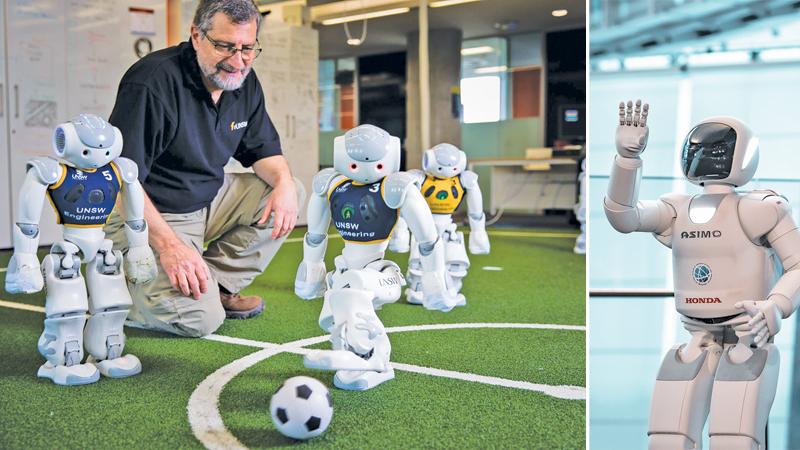
With robots becoming more commonplace and accessible for most people, the field of robotics has become hugely mainstream for both the tech lovers and common folk. Robotics has also hugely impacted many other industries like manufacturing, healthcare applications, transportation, and communications. However, while robots have made huge leaps in innovation and have been put to practical use since their theoretical phase, the field of robotics is still very much a developing one. And the best way for any field or industry to develop has always been competition.

Robotics competitions are incredibly popular now with dozens of major global competitions and many more local ones underway every year.
These competitions have helped robot engineering in a multitude of ways, including providing communities for robot enthusiasts, promoting robotics technologies, marketing a particular build of robot and setting manufacturing challenges for developers to overcome and improve. These competitions have been greatly beneficial for students especially in this regard, cultivating their talents and interests in a fun, interactive community based setting. Beyond that, robot competitions have become increasingly popular among professional engineers as well as hobbyists.
While robots were put into industrial use as early as the 40s, the mainstream did not take much notice of them until the tech boom in the 90s that introduced popular robots such as the Honda P3 and ASIMO humanoid robots. Household interest in robots also skyrocketed in the 90s due to the introduction of Sony’s AIBO robot pet. However, robotics competitions started just a little earlier, in 1979 with a Micromouse competition. Micromouse has since been a staple of basic robotics development, even becoming popular among Sri Lankan robotics competitions.
Robot competitions
However, thanks to the household mainstream popularity of robotics, a new brand of robot competitions would rise with a completely different purpose. Robot Combat might have had a few small local tournaments a few years before, but it was in the late 90s that the first televised robot combat competitions began. With Robot Wars in 1997 and the more popular BattleBots in 1999, robot combat became a hugely popular televised sport. While the robots built for these competitions definitely require top robotics skill, these televised events are, as expected, primarily for the purposes of entertainment. So, even though a robot might be technologically superior to another robot, and could easily outperform it, that bot would not win or even compete if it doesn’t entertain.
Besides those robot combat tournaments, the majority of robot competition has been for the testing and assessing of new robots, or for educating and developing students in the field of robotics.
Competitions include games such as manoeuvering mazes, line tracking or even sumo wrestling, made up to test aspects of the competing robots and their creators. Some competitions worldwide have received major support and have had backing from companies like Google and Lego. Sri Lanka’s own Robofest, held by SLIIT, has been running for a decade straight now, with schools competing from all over the country.
These kinds of competitions have been vital in promoting a stronger future for robotics.

